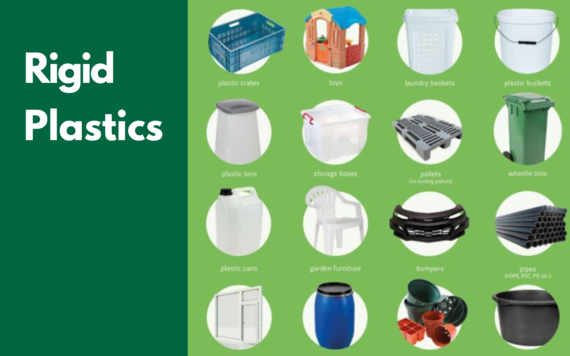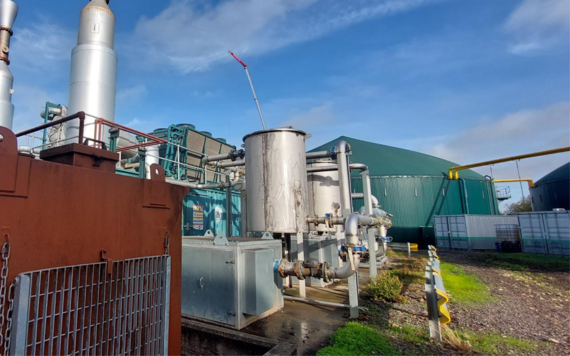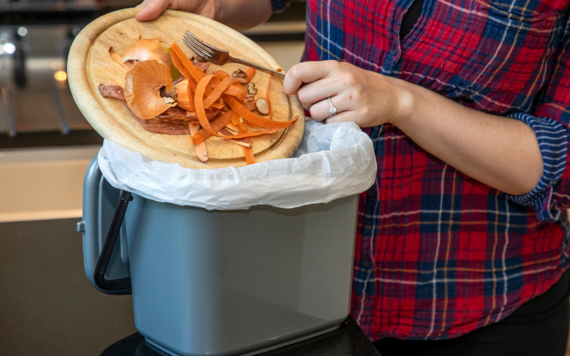 Top tips to deal with Halloween waste
Hope you and your children have had a happy Halloween!
We shared in our last issue how to prepare for a green and sustainable Halloween. In this issue, let’s see what more we can do after the spooktacular celebrations.
Sweet wrappers
Did you know sweet wrappers can be recycled?
Plastic sweet wrappers are now recycled alongside soft plastic bags and wrapping at supermarkets across the country. Just put them inside another bag and drop them off at the front of the store the next time you go shopping.
Aluminium wrappers can be recycled through your weekly kerbside collections. If you are unsure whether the wrappers are recyclable, do a simple scrunch test first.
Scrunch the wrappers into your hand. If they stay scrunched, it means they are made from aluminium. You can keep scrunching all small pieces of foil together into a ball and recycle. If they spring back open, it means they are made of plastic film and need to go to the soft plastic containers at supermarkets.
Find your nearest recycling point for sweet and chocolate wrappers using the Recycling Locator tool.
 Pumpkins
Your carving pumpkins shouldn’t end up in your blue bag after Halloween. Here are some things you can do with them:
-
Eat your pumpkins: Pumpkins can be cooked in a variety of ways. Check out the savoury pumpkin recipes available on Hubbub website.
-
Hang pumpkins from a tree for birds: Remember, don’t put pumpkins out on the ground for wildlife if you have hedgehogs in your area
-
Add pumpkins to your compost heap: Pumpkins will break down quickly
-
Put pumpkins out with your food waste: Ideally chop your pumpkins up and put them in your food waste container
Costumes
Never discard your Halloween outfits! Instead, keep them for next year, give them to your friends’ children or donate them to a charity shop.
Before the next Halloween, why not start keeping old torn-up clothes, bedsheets or even pillowcases? They can all be turned into frightfully awesome costumes.
 Recycle broken plastic buckets, plant pots and more
Do you have any rigid plastic items at home that you want to throw away?
Common rigid plastic items in households include plastic buckets, milk crates, laundry baskets, storage boxes, garden furniture, pet carriers, toys, plastic plant pots and more.
Instead of throwing them away and having them sent to landfill, things like old toys or garden furniture, if they are still in good conditions, could be given a second life by donating them to a charity or sell them to the others.
If they can’t be re-used or repaired anymore, take them to the re3 household waste recycling centres in Reading and Bracknell. They will be recycled and turned into high-quality, almost 100%-pure secondary raw material for producing new products.
However, rigid plastic items contaminated with paint can’t be accepted. Neither will fibreglass sheets, garden hoses, plastic film, or car seats with textiles.
Recycling rigid plastic also reduces carbon (CO2) emissions. It is estimated that every 100 tonnes of recycled rigid plastic can contribute to avoid 250,000 kg CO2 emissions, which is equivalent to the consumption of 180 cars.
To learn more, visit the re3 website.
 Insider story: where does your food waste go?
Do you know where your food waste goes after it’s collected?
We recently visited Severn Trent Green Power's anaerobic digestion plant at Wallingford in Oxfordshire, which is where all of Wokingham borough's food waste goes.
In there, we were shown how your food waste is turned into energy to power homes and fertilizer which can be spread on farmers' fields.
Anaerobic digestion is a natural process, in which plant and animal materials are converted into useful products by micro-organisms in the absence of air. Food waste goes through different stages of processing at the anaerobic digestion plant:
- Plastic bags or liners containing the food waste are separated from their contents, and later burnt to create electricity.
- Food waste is then stored in tanks with domed roofs, where the atmosphere is kept at body temperature and there is no oxygen.
- In the tanks, bacteria break down the food waste, converting it into biogas. The process is much like digestion in our own bodies, with the tanks being fed at regular intervals to keep the bacteria alive.
- The biogas, rich in methane, is captured and converted into energy on-site, and then fed to the National Grid to power homes.
- As the food waste is broken down by bacteria, it also creates a liquid fertiliser, rich in nitrogen, which can be used in fields to improve the soil and help grow crops.
-
Watch this video about the anaerobic digestion process!
In September this year, Wokingham borough residents recycled more than 400 tonnes of food waste, or the weight of more than 120 elephants. This would have produced over 130,000 kilowatt-hours of electricity, enough to power up to 250,000 loads of laundry.
Bear in mind food waste would be the third biggest contributor of carbon emissions, if it was a country, so we encourage you to continue recycling as much food waste as you can.
 Decision on food caddy liners confirmed
The decision to stop issuing households with non-biodegradable single-use plastic caddy liners has been upheld.
Our executive agreed this last month, but it was then “called in” to go before our overview and scrutiny management committee for closer scrutiny. The committee confirmed the executive decision at a meeting on 24 October.
Stopping the supply of caddy liners, as we first announced this summer, will avoid adding about £120,000 to our budget next year.
We're currently facing unprecedented financial pressures, so we need to reduce our day-to-day running costs and protect the services that our most vulnerable residents depend on.
|